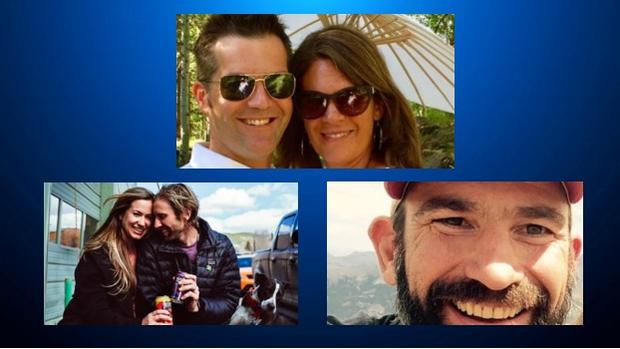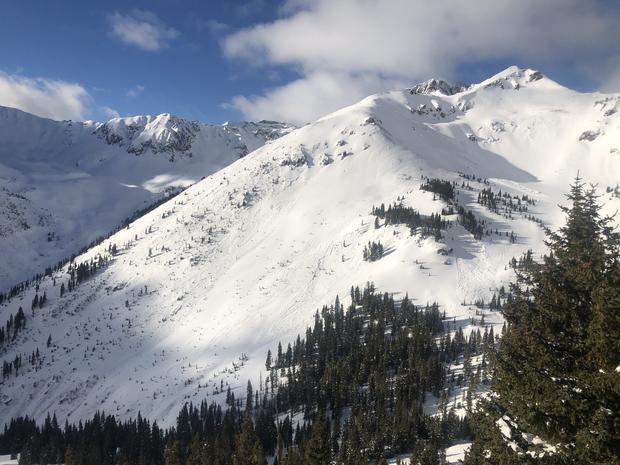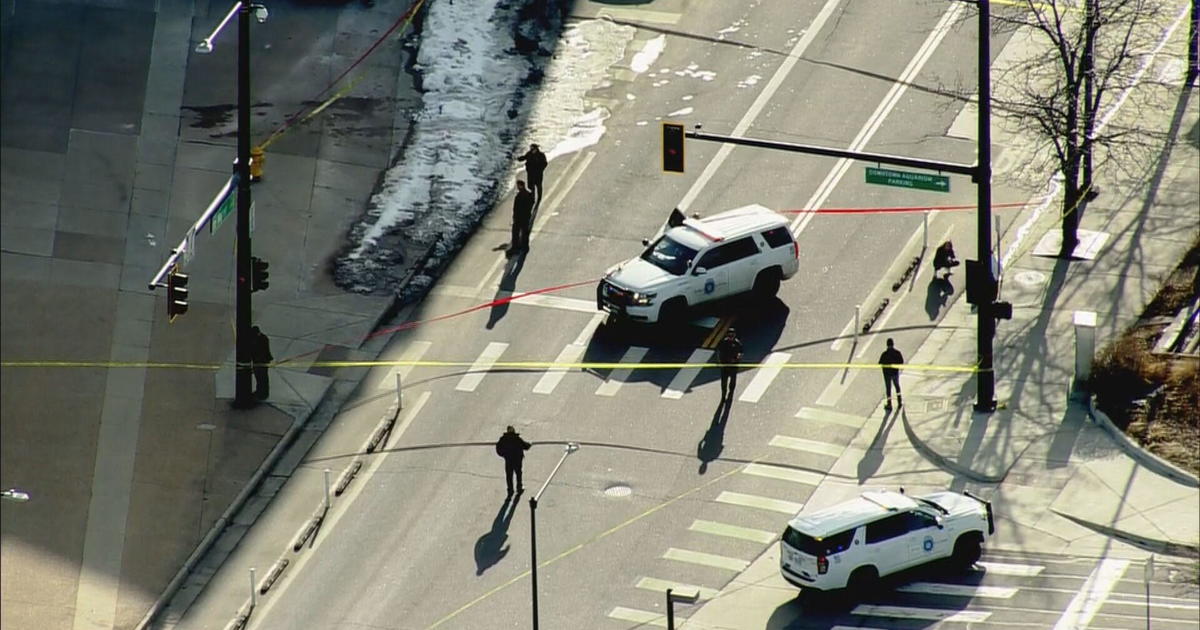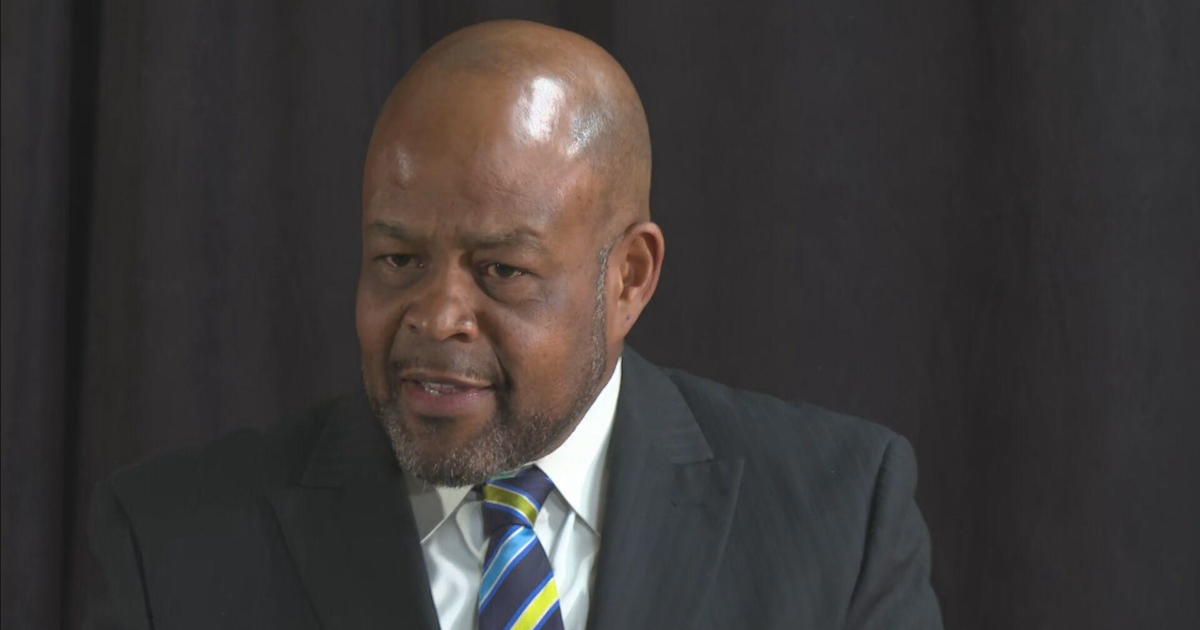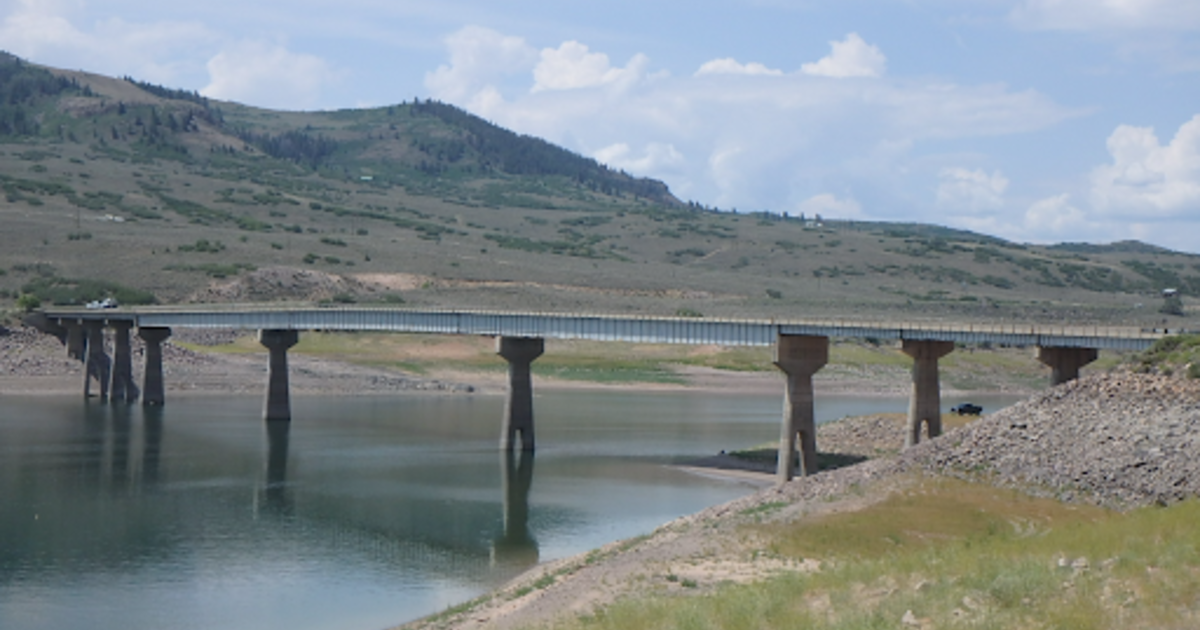'Felt Like I Was In A River': Terrain Trap Among Reasons For Deadly Avalanche Near Silverton
EAGLE COUNTY, Colo. (CBS4) - The Colorado Avalanche Information Center released its final report on the northern San Juan avalanche which claimed the lives of three men from Eagle County.
"The group did end up finding themselves in a gully, at the bottom of a pretty large slope. They triggered an avalanche that went up onto that very large slope and came down and buried them in the gully," said Ethan Greene, Director of the CAIC.
Three men, Adam Palmer, Seth Bossung and Andy Jessen, were buried and killed in an avalanche on Monday, Feb. 3, on South Lookout Peak near Silverton.
They were among a group of seven on an annual ski trip to the Opus Hut and decided to ski a feature locally known as the nose.
The report stated the skiers started to regroup on a nob, above a steep-walled gully, but before everyone collected, the first skiers to arrive began to ski down.
It stated in part:
"Moving a large group through avalanche terrain one at a time requires considerable time and careful coordination. Small communication errors and misunderstandings can be amplified in large groups. This challenge may have played a role in this accident. Some of the party expected everyone to regroup on the knob above the gully, yet Rider 1 started down the gully before the rest of the group arrived. He was quickly followed by Riders 2, 3, and 4. There were suddenly four riders in the gully, all out of sight of the people on the knob when the avalanche released."
The slide was triggered around 3:20 p.m.
A man identified in the report only as skier four was fully buried, but survived. He described the avalanche as two waves. The first wave slowly pulled him into the gully, but he was able to stay on his feet. He said he deployed his airbag and was able to stand until the second wave hit him.
"It felt like I was in a river, and I was fully under the snow for approximately 15 to 25 seconds," skier four reported to CAIC.
The rest of the group rode down where they saw a portion of skier four's airbag and were able to quickly dig him out.
Four skiers began a beacon search, but the lowest reading they could get was around 15 feet below the surface of the snow. After digging for more than two hours, they were getting still readings around five feet.
"The people in this accident were buried between about 10 and 20 feet deep in the avalanche debris. Avalanche debris is really, really hard. It's very very dense," said Greene. "Once it goes through an avalanche, it sets up, and it's a lot more similar to concrete. And so, when you have somebody who is buried underneath that much snow, it takes a really long time to get to them unfortunately that person doesn't have a lot of time for you to reach them and so the deeper they are in the snowpack."
Greene said the reason they were buried under so much snow was because the slide occurred on what's known as a terrain trap.
"We call them that because the terrain can amplify the magnitude of the avalanche. In this particular case, you have this very narrow gully and so all the debris that comes into it rather than being able to fan out over a very large area. it gets concentrated in this one spot, so gullies tend to produce deeper burials than flat open slopes," said Greene.
Greene said it's important to note that this year is a particularly unstable year for Colorado. There have been eight deaths so far this season across the state.
"The conditions are going to get better and worse throughout the year, but they're still going to kind of be worse than normal the rest of the year, so people really need to pay attention to avalanche safety. If they're going into the backcountry. Check the avalanche forecast website and make sure that your goal for the day, what you're going to do, where you're going to go, matches what the conditions are," said Greene.
